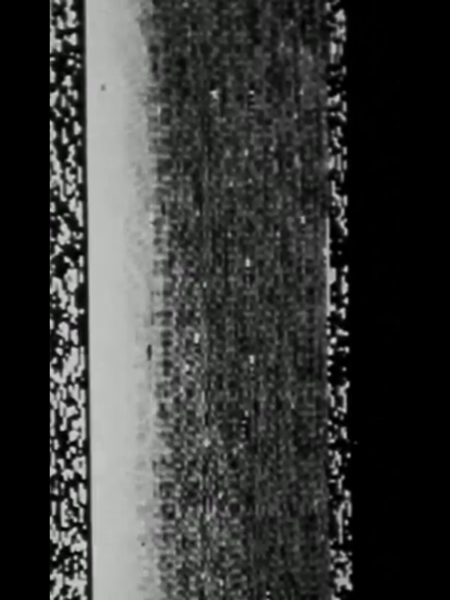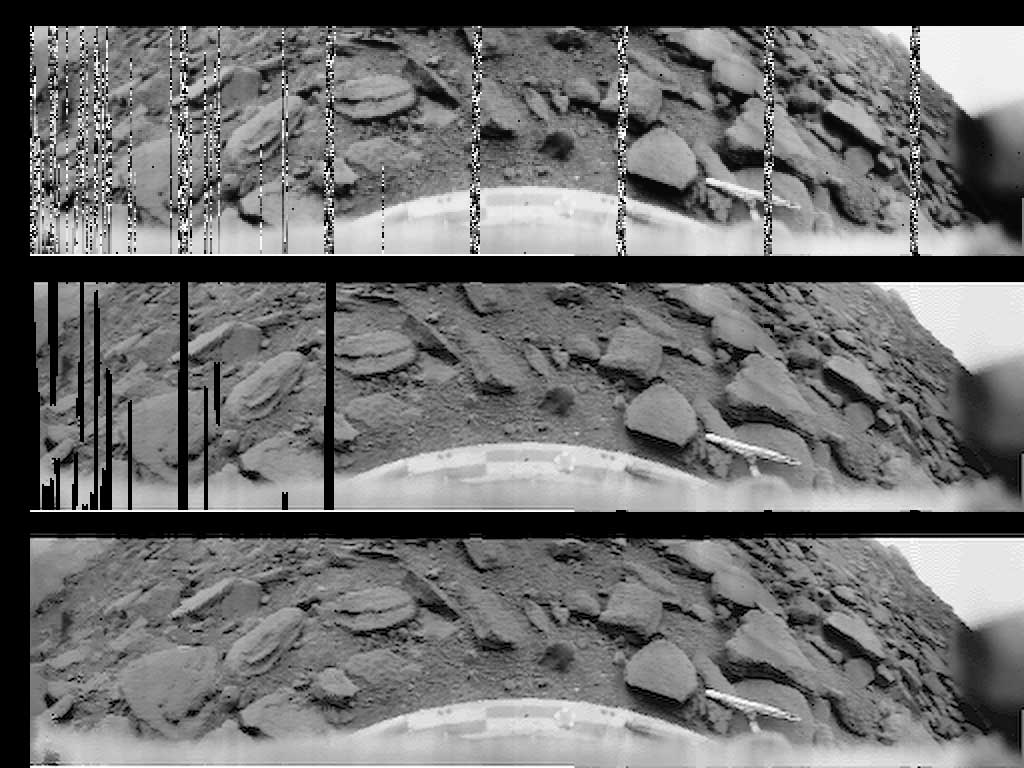It mapped the entire galaxy (not 100% accurately) but had planets and moons and space stations and space ports, and it was an open plan sort of game where you could pretty much do what you wanted.... buy ships and upgrade them, do work for the military that starts with delivering parcels but increases to assassinations and other stuff, you could mine material from asteroids and moons, and of course there were pirates you had to fight occasionally.
As you carried on you earned more money buying stuff that is the main product of that area and taking it somewhere where it was in short supply and selling for a huge profit.
The graphics were obviously pretty basic but you could takeoff from a ground base on earth and fly straight up out into space and accelerate to enormous speeds. There was an accelerate time function where you could do stuff in real time which would take ages to move around, or you could use autopilot and greatly accelerate time.... or accelerate time and free fly... when days are clicking over like seconds pushing the engine thrust button rapidly accelerates you to enormous speeds... but also burns through fuel rapidly too.
It was an amazing game... made more so because of its physical size... the interface was clever and simple and you basically could fly using one mouse... click and drag to steer, and interface buttons to change time speeds etc etc.
I used to cheat of course... buy the absolutely smallest lightest space ship and fly out of policed space and then hold a button and dump one ton of fuel or something... the fuel remained on board but one ton of rubbish appeared in space beside you and you got one ton of free space on board your ship. If you keep doing it you increase the capacity of your ship so a 20 ton tiny space ship with a 1 ton basic engine... you can keep dumping fuel till there are thousands of tons of free space inside your 20 ton ship so you go and land and buy a bigger engine. The more powerful the engine the faster you accelerate and the further you can jump when going to hyperspace to go to other star systems. By taking the smallest ship you maximise acceleration and the performance of any engine you put on board. You can also buy shield generators which protect your ship from damage... buy 100s of them and you are safe from enemy fire. Buy auto repair machines, buy missiles and radar and fuel scoops so you can fly low over hydrogen rich planets like Jupiter and scoop up hydrogen fuel. You can buy much more powerful lasers as well including mining lasers... you can look on your navigation system and find a planet and fly right up to it and then fly down and land on it. It handles the transition from free space floating to being caught in the gravity of a planet or a space station.
Enormous fun.
Damn... I want to play now....






 but still an impressive achievement given that it was only a little over 14 years after the launch of Sputnik. Its a pity that the follow up armada of Mars 4-7 largely failed due to faulty control chips, because after the Viking landings the Soviets were never going to persevere with the M71/M73 spacecraft series, and now we'll never what kind of images these old landers might have returned.
but still an impressive achievement given that it was only a little over 14 years after the launch of Sputnik. Its a pity that the follow up armada of Mars 4-7 largely failed due to faulty control chips, because after the Viking landings the Soviets were never going to persevere with the M71/M73 spacecraft series, and now we'll never what kind of images these old landers might have returned.


